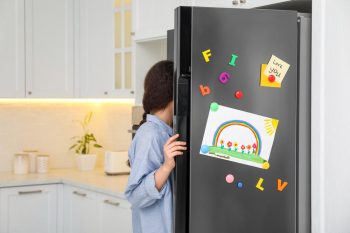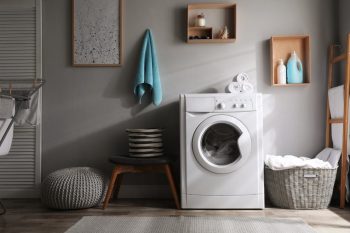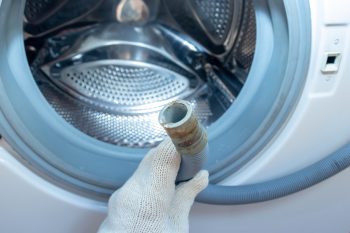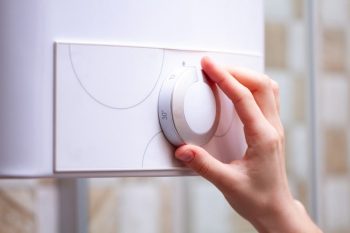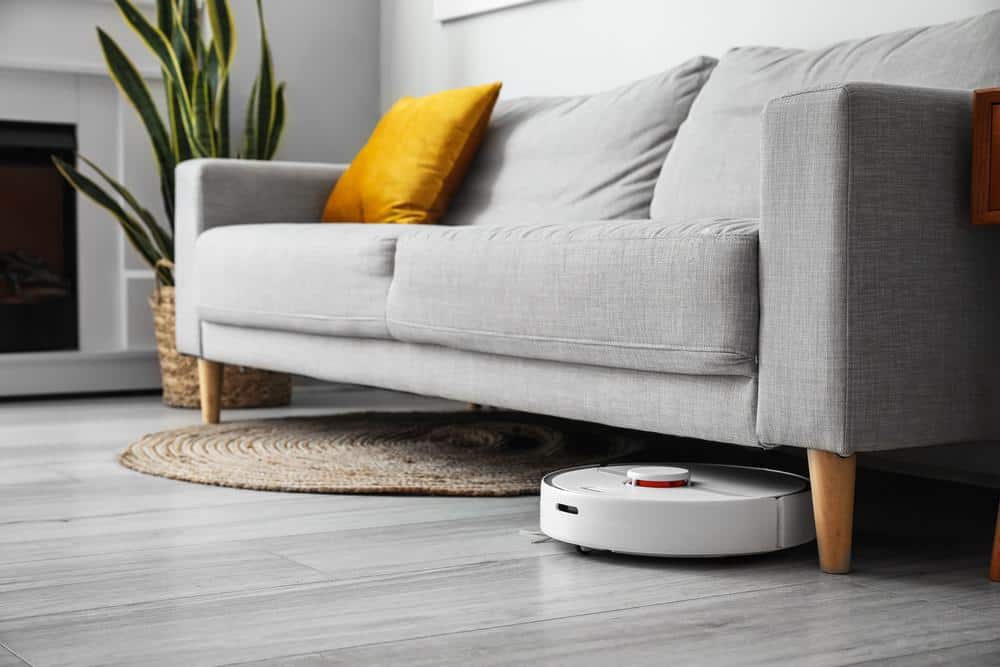
Roomba, a product of iRobot, is a popular robot vacuum that has revolutionized home cleaning. However, one aspect of Roomba’s operation that puzzles many users is its seemingly random cleaning pattern. Unlike traditional vacuums, which are manually directed, Roomba vacuums appear to move in unpredictable paths. This article will explore why Roomba follows this random pattern and how it ensures a thorough clean.
Roomba vacuums move in a seemingly random pattern due to their unique navigation technology. This technology uses a combination of sensors, algorithms, and navigation systems to determine the cleaning path. Roomba vacuums spiral until they encounter an obstacle, then attempt to sweep back and forth. This method is efficient for covering ground in an unknown space. Advanced Roomba models use visual simultaneous location and mapping (VSLAM) technology to create a map as they clean, allowing for more systematic cleaning. Despite appearing random, this pattern is designed for thorough cleaning, adaptability, and simplicity.
Roomba’s Navigation Technology
Roomba’s seemingly random cleaning pattern is a result of its unique navigation technology. Unlike some other robot vacuums that follow predetermined cleaning routes, Roomba uses a combination of algorithms, sensors, and navigation systems to determine its cleaning path.
Roomba’s approach involves spiraling until it encounters a wall or obstacle, then attempting to sweep back and forth. This spiraling technique is efficient for covering ground when the robot is unaware of the size or layout of the space.
The Roomba models utilize the AWARE Robotic Intelligence System by iRobot. This system is composed of multiple sensors that pick up environmental data, send it to the robot’s microprocessor, and adjust the Roomba’s movements accordingly. The robot modifies its behavior based on the detection of dirty areas or obstacles, ensuring effective coverage of the room.
Advanced Roomba models use visual simultaneous location and mapping (VSLAM) technology, which allows the robot to create a map as it cleans. VSLAM calculates the vacuum’s relative position in a room in real-time, enabling the robot to navigate a room with greater efficiency and systematically clean the floor in a logical pattern.
The Benefits of Roomba’s Random Cleaning Pattern
Roomba’s random cleaning pattern offers several advantages:
- Thorough cleaning: The random pattern ensures that the entire home is cleaned, including tight spaces and corners, as the robot vacuum repeatedly covers these areas.
- Adaptability: Roomba can navigate around or under furniture while cleaning, making it suitable for various room layouts and obstacles.
- Simplicity: The random pattern is used in basic Roomba models, which are more affordable and easier to operate compared to advanced models with mapping technology.
- Reduced chore load: Although Roomba may not have the suction power of a standard vacuum cleaner, its random cleaning pattern helps lessen the chore load by maintaining cleanliness in your home.
Roomba’s Random Pattern Vs. Predetermined Cleaning Routes
Roomba’s random pattern cleaning method is different from predetermined cleaning routes used by some other robot vacuums. In the random pattern, Roomba follows straight-line paths, repeatedly bouncing off objects at random angles.
On the other hand, robot vacuums with predetermined cleaning routes, such as those using visual simultaneous localization and mapping (vSLAM) navigation systems, can clean more efficiently by following a logical pattern. These vacuums can be programmed to clean specific rooms or areas, set no-go zones, and schedule cleaning times.
The Evolution of Roomba’s Random Pattern Navigation
Roomba’s random pattern navigation has evolved over the years to improve cleaning efficiency and coverage. Early Roomba models used simple bump-and-run algorithms. As technology advanced, iRobot introduced more sophisticated navigation systems in their Roomba models. For example, the Roomba 980, released in 2015, was the first to use a visual simultaneous localization and mapping (vSLAM) navigation system.
In conclusion, while Roomba’s random cleaning pattern may appear haphazard, it is a result of a complex combination of sensors, algorithms, and navigation systems designed to ensure thorough cleaning of your home. Despite some limitations, such as potential incomplete floor coverage or longer cleaning times, Roomba remains a popular choice for many homeowners due to its simplicity, adaptability, and effectiveness.
Frequently Asked Questions
Does Roomba work on all types of flooring?
Yes, Roomba is designed to work on a variety of floor types, including hardwood, carpet, tile, and linoleum. It can also transition between different floor types during a cleaning cycle.
Can Roomba detect stairs or drops to prevent falling?
Yes, Roomba models are equipped with cliff detection sensors. These sensors can detect drops such as stairs, preventing the robot from falling off.
How long does a Roomba battery last on a single charge?
The battery life of a Roomba can vary depending on the model and the type of cleaning. On average, a Roomba can clean for about 1 to 2 hours on a single charge.
Can Roomba clean multiple rooms?
Yes, advanced Roomba models with the iAdapt Navigation system and vSLAM technology can navigate and clean multiple rooms. However, basic models may not navigate multiple rooms as efficiently.
Does Roomba return to its charging dock automatically?
Yes, most Roomba models are designed to return to their charging dock automatically when they finish cleaning or when their battery is running low.
Can Roomba clean under furniture?
Yes, Roomba’s low profile design allows it to clean under most furniture and other hard-to-reach areas. However, it may not fit under very low furniture.


